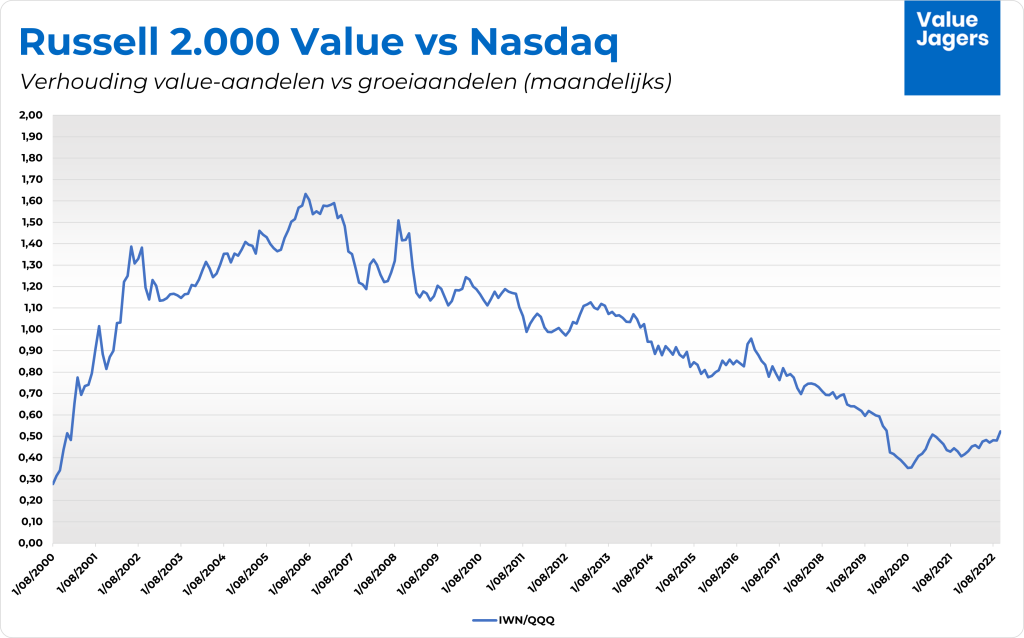Hells Angels: Myths And Realities

Table of Contents
The Myth of the Ruthless Criminal Organization
The media often paints a picture of the Hells Angels as a monolithic, ruthlessly efficient criminal organization. This portrayal, however, is a significant oversimplification and often relies on sensationalism.
Media Portrayal and Sensationalism
- Examples of media misrepresentation: Focusing on isolated incidents of violence or drug trafficking while ignoring the club's legitimate activities. Over-reliance on anecdotal evidence and the use of inflammatory language. Exaggerating membership numbers and the extent of the club's criminal operations.
- Biased reporting: Media outlets often prioritize dramatic narratives over factual accuracy, fueling the public perception of the Hells Angels as inherently criminal. This bias perpetuates harmful stereotypes and limits understanding of the club's internal dynamics.
- Impact on public perception: This skewed portrayal creates an overwhelmingly negative public perception, contributing to widespread fear and misunderstanding.
The Reality of Internal Structure and Governance
The HAMC operates under a complex hierarchical structure, with chapters spread across numerous countries. This is not the chaotic, leaderless structure often depicted in fiction.
- Chapters, prospects, members, officers: The club has a defined hierarchy, with different ranks and responsibilities. Prospects are individuals undergoing a probationary period before full membership. Each chapter operates semi-autonomously under the overall governance of the club's leadership.
- Rules and regulations within the club: Contrary to popular belief, the HAMC has internal rules and regulations, including codes of conduct and disciplinary procedures. These rules aim to maintain order and cohesion within the club, although enforcement can vary across chapters.
- Contrast with criminal organization stereotypes: The HAMC's structure differs significantly from typical organized crime groups, exhibiting a more decentralized organization with a strong emphasis on local autonomy and motorcycle culture.
Legal Activities and Businesses
While some members may engage in illegal activities, it's crucial to distinguish between individual actions and official club policy. Some Hells Angels members are involved in legitimate business enterprises.
- Examples of legitimate businesses: These can range from bars and restaurants to merchandise sales and security services. The involvement of members in legitimate businesses is a complex issue, blurring the lines between criminal and legal activities.
- Importance of distinguishing individual actions from club policy: Not all members engage in criminal activity, and attributing the actions of individual members to the entire organization is a significant oversimplification. Legal experts and law enforcement agencies often struggle to definitively link specific crimes to club-wide sanction.
The Hells Angels and the Law
The Hells Angels' relationship with law enforcement is complex and fraught with challenges. While some members have criminal records, establishing direct links between club activities and criminal enterprises often proves difficult.
Criminal Charges and Convictions
- Types of crimes associated with members: These include drug trafficking, violence, weapons offenses, and money laundering. However, convictions are often related to the individual actions of members, not necessarily club-sanctioned activities.
- The challenges of proving club-level involvement: Law enforcement agencies face significant difficulties proving that specific crimes are directly orchestrated or approved by the club's leadership due to the club’s intricate structure and code of silence.
- Legal battles and ongoing investigations: The Hells Angels have been the subject of numerous investigations and legal battles across the globe, many resulting in lengthy court proceedings and significant media coverage.
Law Enforcement Strategies and Challenges
Investigating and prosecuting Hells Angels members is particularly challenging for law enforcement.
- Challenges of infiltration: The club's strong loyalty and code of silence make it difficult for undercover operatives to infiltrate and gather information.
- Strong club loyalty: Members are often fiercely loyal to each other, making it difficult to obtain cooperation or witness testimonies.
- Code of silence: A strong code of silence makes it difficult to obtain evidence, even when crimes occur.
- Legal complexities: The legal intricacies surrounding organized crime make prosecutions complex and often lengthy.
International Chapters and Legal Variations
The HAMC's global presence means that legal frameworks and law enforcement approaches vary significantly across countries.
- Varying legal definitions of organized crime: Different countries have different legal definitions of organized crime, making international cooperation and investigations complex.
- Different enforcement strategies: Law enforcement agencies in different countries adopt varying strategies in dealing with the Hells Angels, reflecting differences in legal systems and priorities.
The Hells Angels Subculture and Identity
Beyond the criminal element, the Hells Angels possess a distinct subculture and identity.
Motorcycle Culture and Brotherhood
The club’s roots are deeply intertwined with motorcycle culture.
- Motorcycle rallies: These are significant social events for the club, fostering a sense of community and camaraderie.
- Community events: Some chapters participate in charitable events and community outreach programs, contrasting with the common negative perception.
- Club rituals and traditions: The club has unique rituals and traditions that enhance the sense of brotherhood and belonging.
Symbolism, Patches, and Tattoos
The Hells Angels' insignia and tattoos carry significant symbolic meaning within the club.
- The meaning of different patches: Patches symbolize membership status, chapter affiliation, and rank.
- Evolution of club iconography: The club's iconography has evolved over time, reflecting its history and values.
Attraction and Recruitment
Understanding why individuals join requires moving beyond simplistic stereotypes.
- Sense of belonging: The club offers a strong sense of camaraderie and belonging, particularly appealing to those seeking brotherhood.
- Camaraderie: Strong bonds of friendship and mutual support are developed within the club.
- Rebellion: Joining the Hells Angels can represent a form of rebellion against societal norms and expectations.
- Lifestyle: The motorcycle lifestyle and the associated freedom are attractive to some individuals.
Conclusion
The Hells Angels Motorcycle Club is a complex organization, defying simple categorization as either a purely criminal enterprise or a harmless motorcycle club. The reality lies somewhere in between, a blend of motorcycle culture, brotherhood, and criminal activity. It’s crucial to separate the actions of individual members from the overarching image of the club. Sensationalized media portrayals often overshadow the nuanced reality.
To truly understand the Hells Angels, we must move beyond sensationalized narratives and engage in critical analysis, considering multiple perspectives. Further research into academic studies and balanced documentaries provides a more comprehensive understanding. Consider the multifaceted nature of the club and the challenges in definitively labeling its activities. Ultimately, understanding the Hells Angels requires a nuanced approach, moving beyond the pervasive myths to explore the complexities of their reality. What are your thoughts on the lasting impact of the Hells Angels' mythos on public perception?

Featured Posts
-
 Naomi Kempbell Otkrovennye Obrazy V Novoy Fotosessii Dlya Glyantsa
May 25, 2025
Naomi Kempbell Otkrovennye Obrazy V Novoy Fotosessii Dlya Glyantsa
May 25, 2025 -
 Is Buy And Hold The Only Path A Realistic Look At Long Term Investing
May 25, 2025
Is Buy And Hold The Only Path A Realistic Look At Long Term Investing
May 25, 2025 -
 Apple Price Target Cut Is Wedbush Right To Remain Bullish
May 25, 2025
Apple Price Target Cut Is Wedbush Right To Remain Bullish
May 25, 2025 -
 The Complete Porsche Macan Buyers Guide A Step By Step Approach
May 25, 2025
The Complete Porsche Macan Buyers Guide A Step By Step Approach
May 25, 2025 -
 Zal De Snelle Marktdraai Van Europese Aandelen Ten Opzichte Van Wall Street Aanhouden
May 25, 2025
Zal De Snelle Marktdraai Van Europese Aandelen Ten Opzichte Van Wall Street Aanhouden
May 25, 2025
